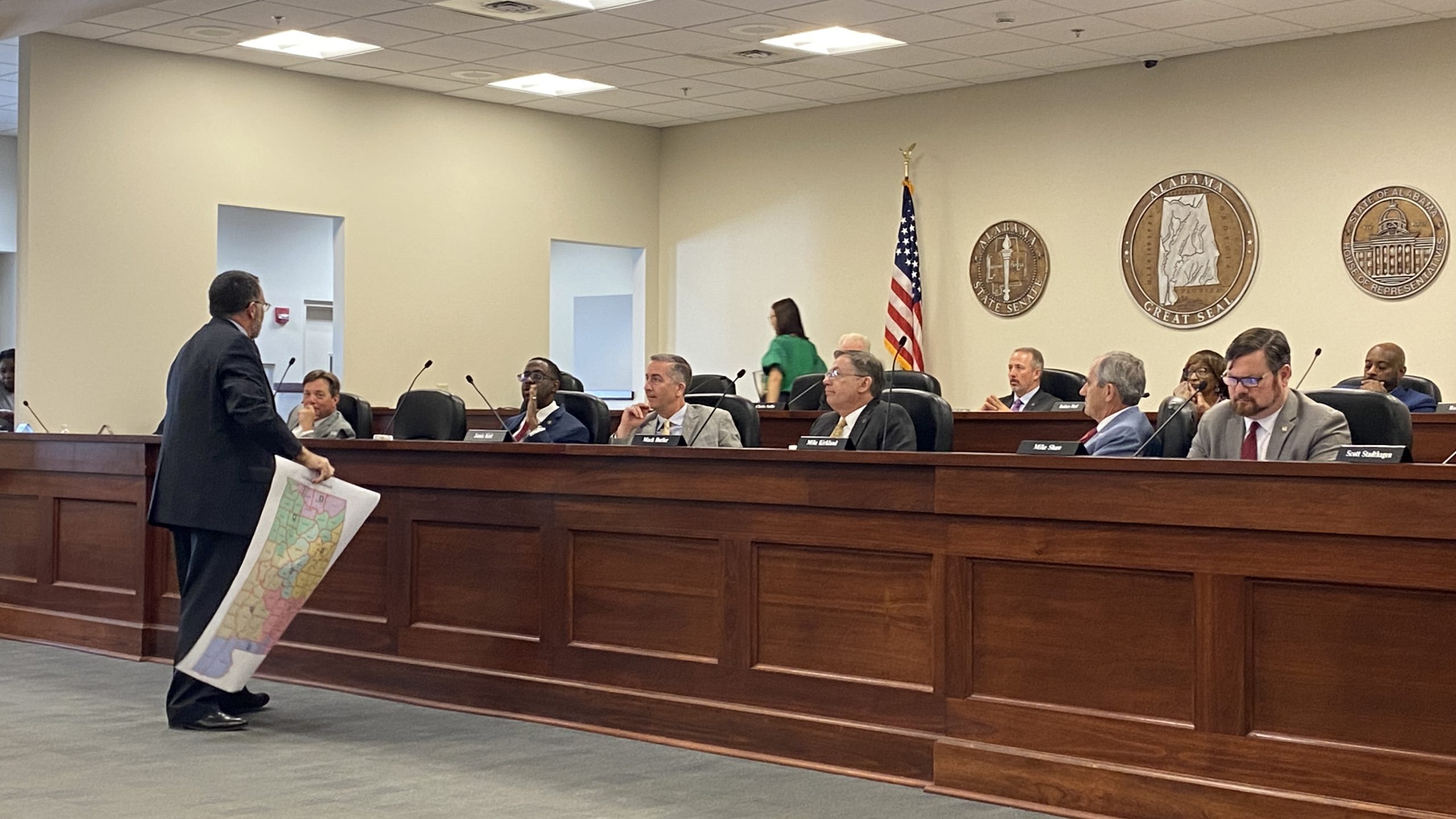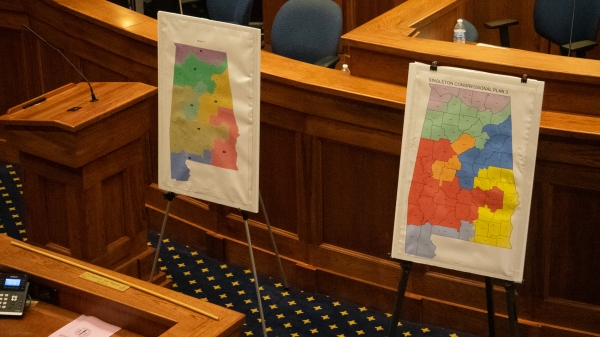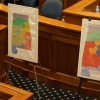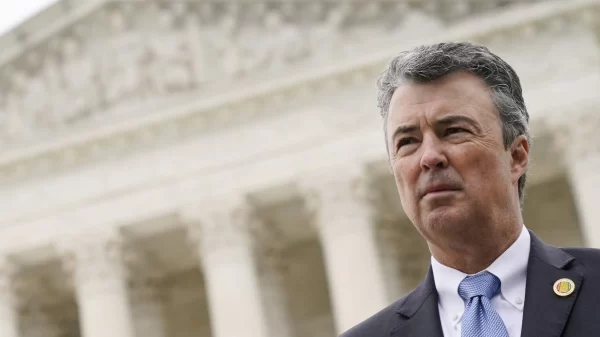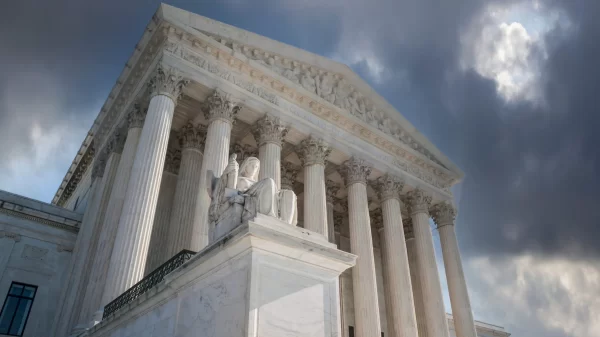“The very definition of insanity is doing the same thing over and over again and ending up with the same result,” House Reapportionment Chair Chris Pringle, R-Mobile, told a House committee Tuesday,
He was referencing the state running 2 million maps through a computer during its lawsuit defending the previous Congressional district map and not finding a single instance where there were two majority-minority districts.
But in that same suit, in which a three-judge federal panel found the state had racially gerrymandered the map and the U.S. Supreme Court agreed, the plaintiffs submitted numerous maps in its lawsuit that created two majority-minority districts, and the courts have affirmed those maps as demonstrating that it can be done.
Meanwhile, the special session on redistricting has followed much the same route as the first doomed procedure with very little transparency on the Republican supermajority’s preferred map. Pringle led the charge in 2021 for the House; Sen. Dan Livingston, a Republican, has replaced Sen. Jim McClendon who is no longer in the Legislature. And it appears the same basic team is once again drafting the maps, and from Pringle’s comments, it sounds like they are relying on some of the same arguments that the Supreme Court has already said it doesn’t find compelling.
The House committee passed Pringle’s plan along party, and racial, lines as expected. However, the Senate had a surprise as Livingston brought his own map for approval despite Pringle’s plan being the map chosen by the reapportionment committee.
Pringle’s map would create about a 42 percent Black voting age population (BVAP) in District 2, while reducing the BVAP in District 7 from 55 percent to less than 52 percent. The Livingston Congressional Plan strays even further from meeting the court’s order with a 38 percent BVAP in District 2 and a 50 percent BVAP in District 7.
“I don’t think this is going to pass muster with the court,” said Sen. Vivian Davis-Figures, D-Mobile.
The main debate in the House committee discussion on the Pringle plan was over what the court requires in its remedial plan.
Pringle highlighted a portion of the three-judge panel’s opinion that reads “the appropriate remedy is a congressional redistricting plan that includes either an additional majority-Black congressional district, or an additional district in which Black voters other wise have an opportunity to elect a representative of their choice.”
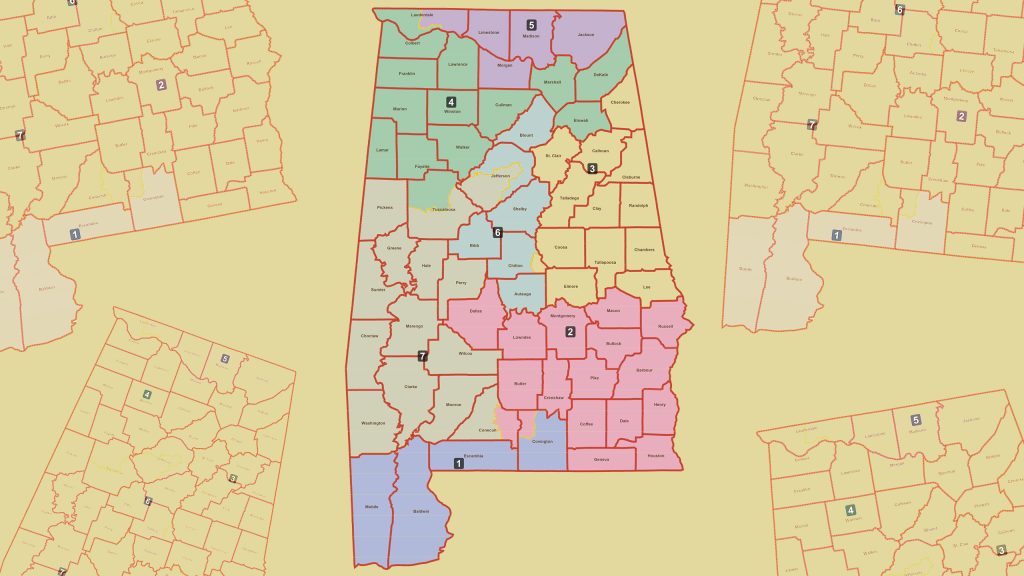
Reapportionment Committee co-chairs Rep. Chris Pringle, R-Mobile, and Sen. Steve Livingston, R-Scottsboro, introduced the “Communities of Interest Plan.”
Pringle pointed to the latter option as consistent with his map, showing that Democrat candidates outperformed Republican candidates in the 2018 attorney general race and the 2020 U.S. Senate race.
However, another portion of that same opinion states that “based on the ample evidence of intensely racially polarized voting adduced during the preliminary proceedings, that any remedial plan will need to include two districts in which Black voters either comprise a voting-age majority or something quite close to it.”
Pringle argued he has “Sworn depositions” by the plaintiffs before the ruling that even a BVAP below 40 percent could achieve their goals, but it remains to be seen whether a BVAP of 42 or 38 percent could satisfy the court’s definition of “something quite close” to a majority.
Meanwhile, Rep. Chris England, D-Tuscaloosa, brought forward the VRA remedial plan created by the plaintiffs to satisfy the court’s order.
Pringle said that map is racially gerrymandered by “unconstitutionally packing” Black voters into districts.
Rep. Prince Chestnut, D-Selma, pushed against the Pringle plan, asking Pringle why the House shouldn’t move forward with he VRA plan, which he said has already been affirmed by the courts. Pringle said the VRA plan did not go before the courts, but was created after the ruling. However, the U.S. Supreme Court did affirm the other numerous maps submitted by the plaintiffs that show the feasibility of creating two majority-Black districts.
House Minority Leader Anthony Daniels, D-Huntsville, said the argument about Democrat performance doesn’t satisfy the court order, which is focused on race.
“When we’re talking about an issue of race, we’re not talking about Republican or Democrat, performance,” Daniels said. “We’re talking about a bloc of people, African Americans to be exact, having the opportunity to elect their candidate of choice.”
The House will begin deliberations on Pringle’s plan at 8:30 a.m. while the Senate will take up the Livingston plan at 11 a.m.




































